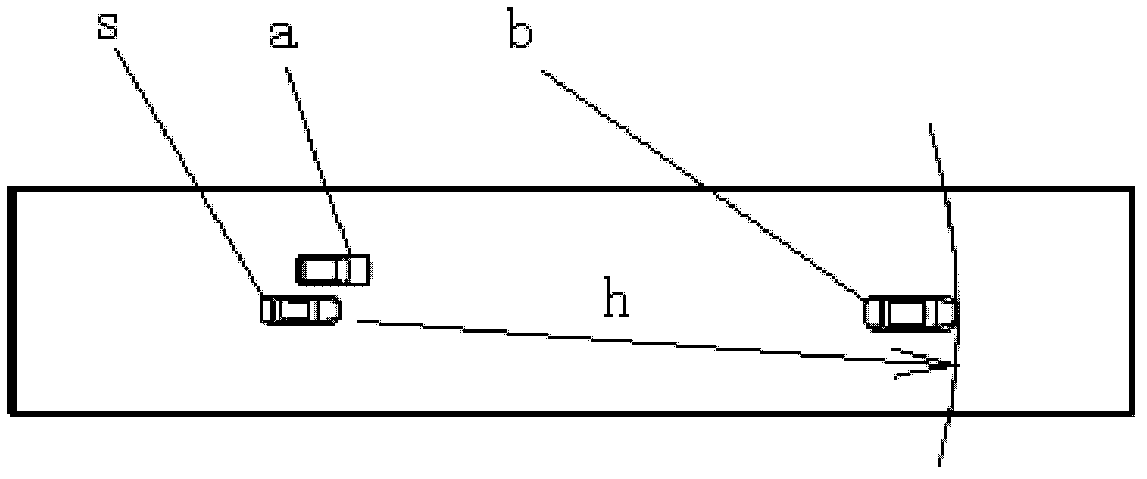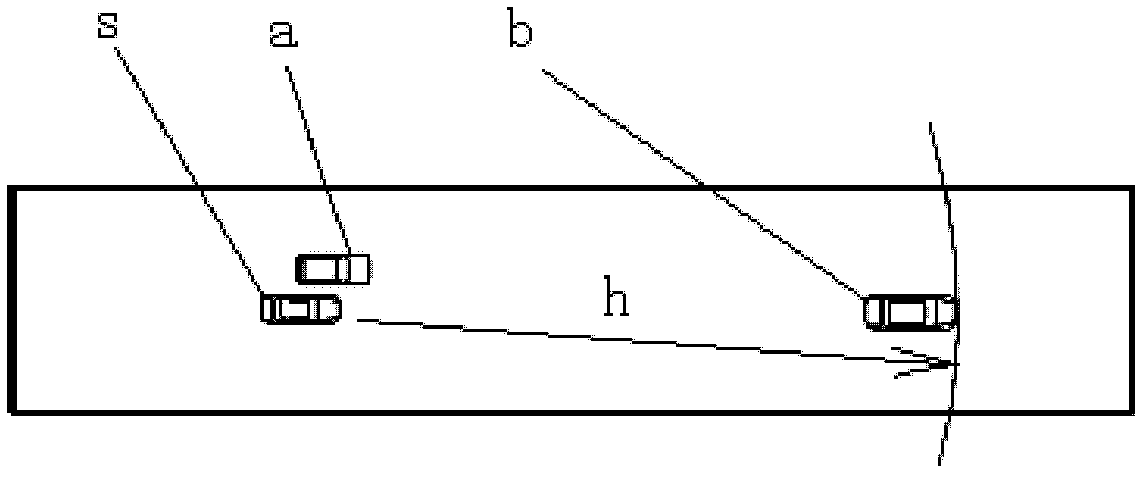VANET broadcast method based on extra degree
An additional, broadcast message technology, applied in the field of broadcast communication, can solve problems such as density changes, inability to meet application requirements, etc., to reduce conflicts and competition.
- Summary
- Abstract
- Description
- Claims
- Application Information
AI Technical Summary
Problems solved by technology
Method used
Image
Examples
specific Embodiment approach 1
[0010] Specific implementation mode one: this implementation mode comprises the following steps:
[0011] In VANET broadcasting, when the upper-layer application protocol in the network has a broadcasting requirement, the vehicle executing the application acts as the source node to initiate the broadcasting communication. 1. The vehicle node as the source node sends a broadcast message; 2. After receiving the broadcast message for the first time, each vehicle node will ask its neighbors whether they have received the broadcast message, and wait for the neighbor node to reply after the query is sent. The time is T 1, Neighboring nodes that have not received this broadcast message are considered new coverage nodes, and the query node will calculate the extra degree of the query node based on the number of responses from the new coverage node to itself, as the basis for forwarding arbitration; 3. Each vehicle node wait for a while T 2, , to see if there are other nodes with gre...
specific Embodiment approach 2
[0052] Embodiment 2: In the VANET network, sometimes the nodes cannot communicate due to the reasons of the vehicle itself, or the communication link between the nodes is temporarily invalidated due to the occlusion of the building. In order to reduce the impact of node and link failures on the effect of protocol broadcasting, the present invention has been extended to enhance the design of reliability, by selecting redundant forwarding nodes to tolerate the impact of key node failures and key link failures on information transmission,
[0053] Reliability parameter: A parameter used to determine the number of forwarding nodes each time. This parameter is set by the source node according to the importance of the transmitted information, and is transmitted with the broadcast packet. Denoted as RL.
[0054] At each hop, a redundant forwarding node is selected according to the RL set by the source node, so that there is still a backup node for forwarding when the elected forward...
PUM
 Login to View More
Login to View More Abstract
Description
Claims
Application Information
 Login to View More
Login to View More - R&D
- Intellectual Property
- Life Sciences
- Materials
- Tech Scout
- Unparalleled Data Quality
- Higher Quality Content
- 60% Fewer Hallucinations
Browse by: Latest US Patents, China's latest patents, Technical Efficacy Thesaurus, Application Domain, Technology Topic, Popular Technical Reports.
© 2025 PatSnap. All rights reserved.Legal|Privacy policy|Modern Slavery Act Transparency Statement|Sitemap|About US| Contact US: help@patsnap.com



